One of the first series that I presented in the fledgling Micscape magazine was a Home in Close-Up series. Macro and micro studies included an inkjet printer head and the read / write head of a defunct hard drive. Its aim was to highlight that exploring the world in close up around us was just as interesting for manmade objects as it was for the world of Nature, especially so as this was in the midst of a technological revolution where both electronics and associated mechanics and optics were becoming increasingly miniaturised.
I was pleased to see that this interest was being encouraged in a recently published book called Open Circuits. The Inner Beauty of Electronic Components by Eric Schlaepfer and Windell H. Oskay (pub. 2023 by 'no starch press'). A wide variety of devices both modern and retro, often cut in cross section, were photographed to a high standard with accompanying text to describe how they worked. The techniques used for preparation and imaging (often with stacking) were also described. The cover itself illustrates one development of electronics—circuit boards have evolved from single sided tracks, to double sided to now those with many multiple conductive layers and interconnects.
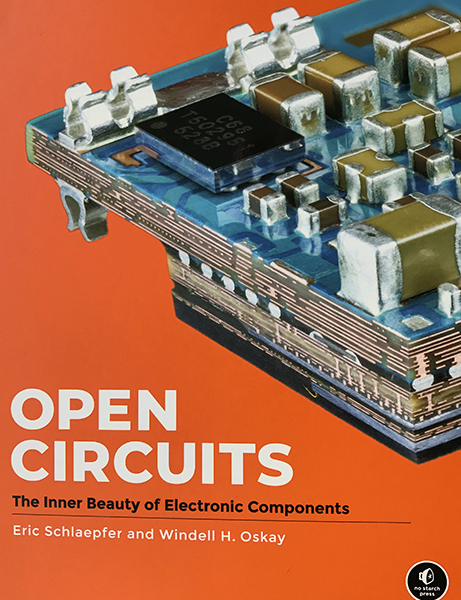
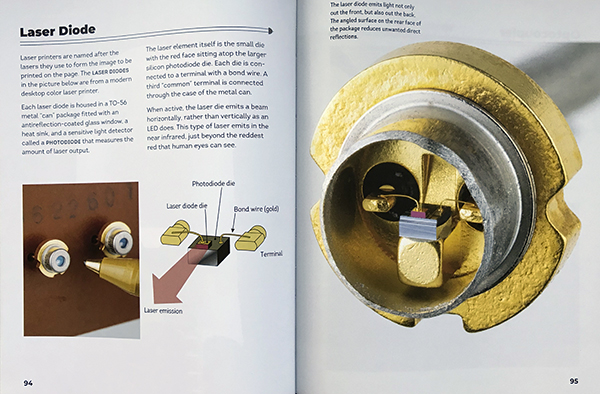
I still maintain an interest and curiosity in how things work. A recent project to fix a mid 90s Toshiba laptop was partly an excuse to explore inside. 'Tis the season to be merry and a recent purchase of some LED strip lights for Christmas decorations inevitably came under scrutiny and this is a macro tour. The imaging techniques now at my disposal compared to when the series started also indicate the pace of change. I started with a colour security video camera fitted with my Nikon 35 mm lenses via an adapter connected to a Snappy video capture card. Now I have a consumer Olympus TG5 digicam with built-in super macro mode that can take five images and stack internally or 30 images and stack externally. Coupled with a stereo microscope with attachments for a modern Sony NEX 5N camera body.
The lights are NexIllumi branded and consist of 2 x 15 m rolls of LEDs. Each strip has ca. 255 LEDs with tiny resistors along its length every 2 - 3 LEDs. The RGB LEDs can be controlled either with the IR remote or with Bluetooth using a dedicated app for the phone.
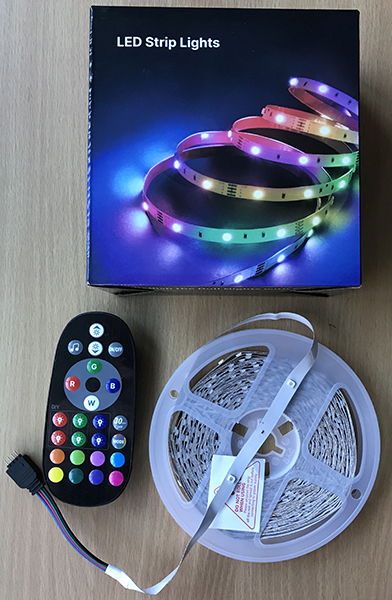
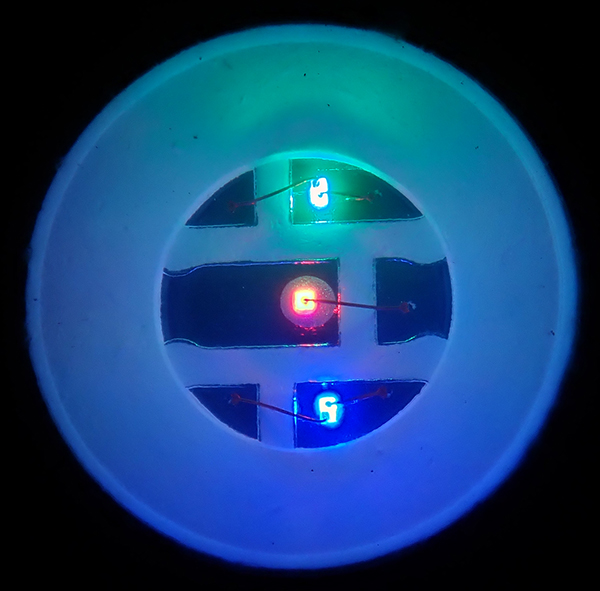
This is the first RGB LED that have inspected. The emitting diodes are tiny as the whole unit is only 4 mm square.

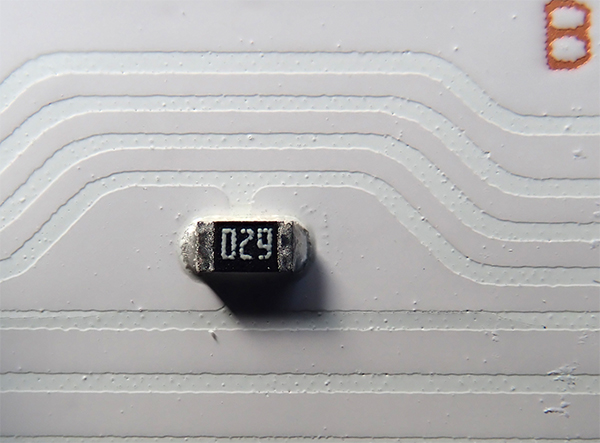
The LED modules sit in concave cavities, presumably to partly act as reflectors. Along the strip are tiny surface mount resistors of two values, 2 mm long. These are widely seen on modern high density circuit boards found in phones and computers.
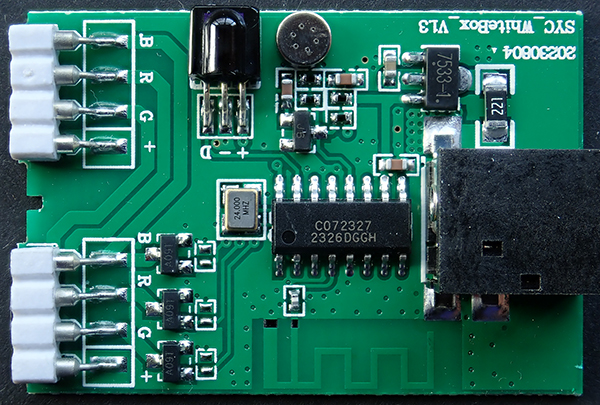
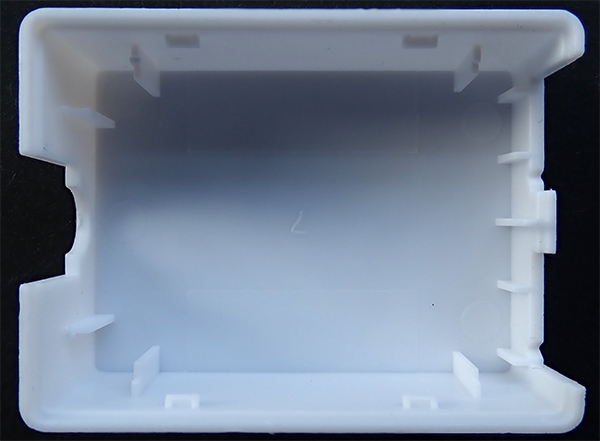
My knowledge of electronics is basic, much of it learnt from my brother Ian the 'sparks' of the family. But being curious I do like to understand on a rudimentary level how electronics work. Chip part nos. can be looked up online to see what they do from their spec. sheets. A 24 MHz crystal can be seen centre, the zig-zag part of the circuit traces seen at the base is the Bluetooth antenna (something I did not realise but pointed out by the Facebook group 'I Take Pictures of Electronic Parts' when shared the photo.)
As remarked the unit can be controlled by a remote, the black unit upper left seems to be the receiver sensor but there is no aperture in the wall of the quite thick plastic box. I was not aware that IR? could pass through plastic. The remote does have the typical front facing LED with aperture. The 24 V input socket is on the right. I measured ca. 2.9 V across each of the three pairs of pins of the LED modules so presumably the resistors are dropping the volts possibly in combination with batches of LEDs mounted in series.